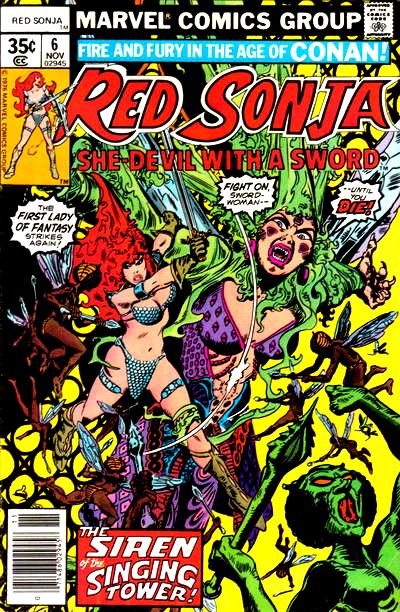 No wonder the writer I was back in college never finished anything big. She lacked the patience for the kind of slog I’m slogging through now. She knew some nice tricks — could turn out a kickass sonnet in two hours by writing backwards, last line to first — but if she had ever managed to produce a complete book-length draft, she would have wandered off to a next never-to-be-finished project once the revision got tough. She would not have been game for as many rounds of tightening, fact-checking, and continuity repairs as I have had to do for the novella collection I’m sending off to its small press publisher next week.
No wonder the writer I was back in college never finished anything big. She lacked the patience for the kind of slog I’m slogging through now. She knew some nice tricks — could turn out a kickass sonnet in two hours by writing backwards, last line to first — but if she had ever managed to produce a complete book-length draft, she would have wandered off to a next never-to-be-finished project once the revision got tough. She would not have been game for as many rounds of tightening, fact-checking, and continuity repairs as I have had to do for the novella collection I’m sending off to its small press publisher next week.
Most of my college-self’s potential novels never made it past the preliminary notes stage. If my current teacher-self were saddled with that girl as a student, what on earth would I do with her?
Different preoccupations drive different teachers. I’ve been told I teach because it’s as close as I can get to going back in time to rescue myself from various mistakes and misfortunes. It’s probably true. A more virtuous person might teach out of a desire to change the world, or lift people out of poverty, or whatever. Instead, I wander around offering the help I wished I could have found when I was younger — or a variation of that help wrapped in a concealing layer of SAT preparation.
That girl I used to be understood the why of late-stage manuscript drudgery. If asked, she could have explained that a work of fantasy has a greater need than a work of realism for verisimilitude. She’d have quoted Marianne Moore about the “imaginary gardens with real toads in them,” but she could not have kept to her seat long enough to make her toads real.
Not that it’s easy now, twenty years later, this sitting still until the job is done. When I sent my protagonist into New Jersey’s notorious Pine Barrens, land of mob hits and mass-hysteria-induced monster sightings, that was thrilling to write. Now that I’m tracking down every reference , however oblique, to gravel roads, because it turns out the back roads in the Pine Barrens are sand, not gravel, it’s not so much fun. If I don’t get the sand roads right, a sizable chunk of my audience will be lost before I ever get to the scene where the Jersey Devil makes its appearance. Unless the toads in my imaginary garden are real enough, nobody will believe my monsters.
Sarah Avery’s short story “The War of the Wheat Berry Year” appeared in the last print issue of Black Gate. A related novella, “The Imlen Bastard,” is slated to appear in BG‘s new online incarnation. Her contemporary fantasy novella collection, Tales from Rugosa Coven, follows the adventures of some very modern Pagans in a supernatural version of New Jersey even weirder than the one you think you know. You can keep up with her at her website, sarahavery.com, and follow her on Twitter.
 Cyd Athens at Tangent Online reviews E.E. Knight’s Blue Pilgrim tale for Black Gate, published here on Sunday, January 13:
Cyd Athens at Tangent Online reviews E.E. Knight’s Blue Pilgrim tale for Black Gate, published here on Sunday, January 13: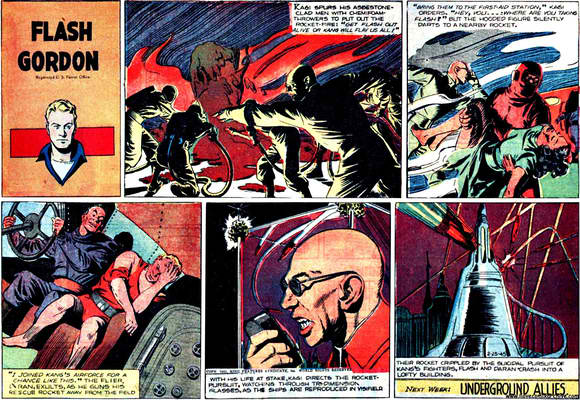
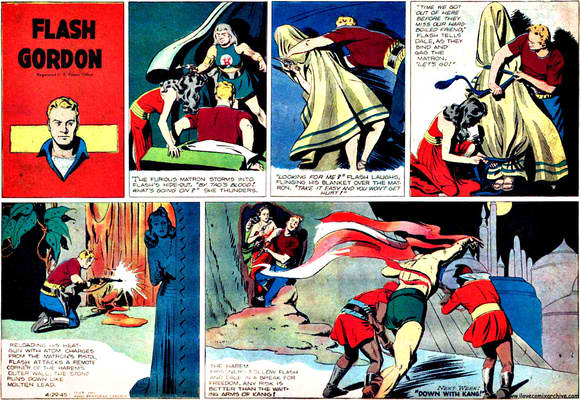
 No wonder the writer I was back in college never finished anything big. She lacked the patience for the kind of slog I’m slogging through now. She knew some nice tricks — could turn out a kickass sonnet in two hours by writing backwards, last line to first — but if she had ever managed to produce a complete book-length draft, she would have wandered off to a next never-to-be-finished project once the revision got tough. She would not have been game for as many rounds of tightening, fact-checking, and continuity repairs as I have had to do for the novella collection I’m sending off to its small press publisher next week.
No wonder the writer I was back in college never finished anything big. She lacked the patience for the kind of slog I’m slogging through now. She knew some nice tricks — could turn out a kickass sonnet in two hours by writing backwards, last line to first — but if she had ever managed to produce a complete book-length draft, she would have wandered off to a next never-to-be-finished project once the revision got tough. She would not have been game for as many rounds of tightening, fact-checking, and continuity repairs as I have had to do for the novella collection I’m sending off to its small press publisher next week.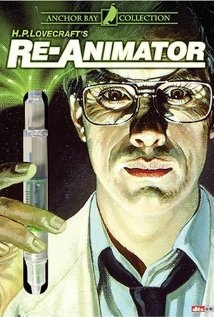

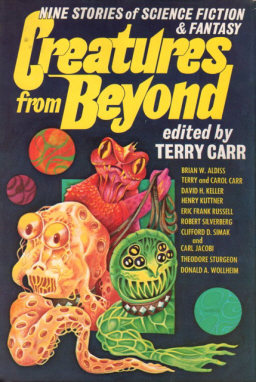
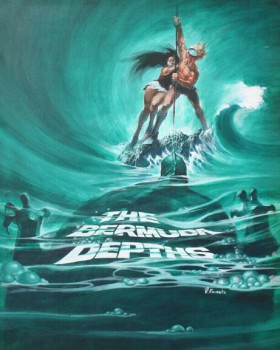
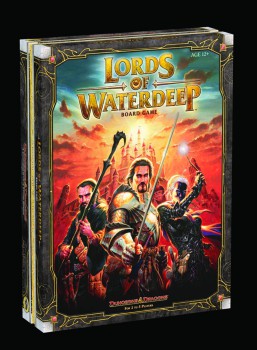
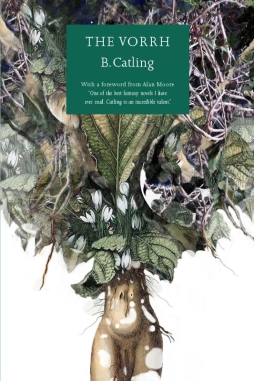 Raymond Roussel was a French surrealist writer who died in 1933, aged 56; one of his most famous works, Impressions of Africa, was a self-published novel (later turned into a play) depicting a fantastical African land based on no actual place, which contained a forest called the Vorrh. Late last year, the English sculptor and poet Brian Catling published his second novel, a story based on Roussel’s work: The Vorrh, first of a projected trilogy, described on its back cover as an epic fantasy. It’s a powerful book, precise and unexpected in its use of language and its plot construction, a dizzying and straight-faced blend of history and the unreal.
Raymond Roussel was a French surrealist writer who died in 1933, aged 56; one of his most famous works, Impressions of Africa, was a self-published novel (later turned into a play) depicting a fantastical African land based on no actual place, which contained a forest called the Vorrh. Late last year, the English sculptor and poet Brian Catling published his second novel, a story based on Roussel’s work: The Vorrh, first of a projected trilogy, described on its back cover as an epic fantasy. It’s a powerful book, precise and unexpected in its use of language and its plot construction, a dizzying and straight-faced blend of history and the unreal.